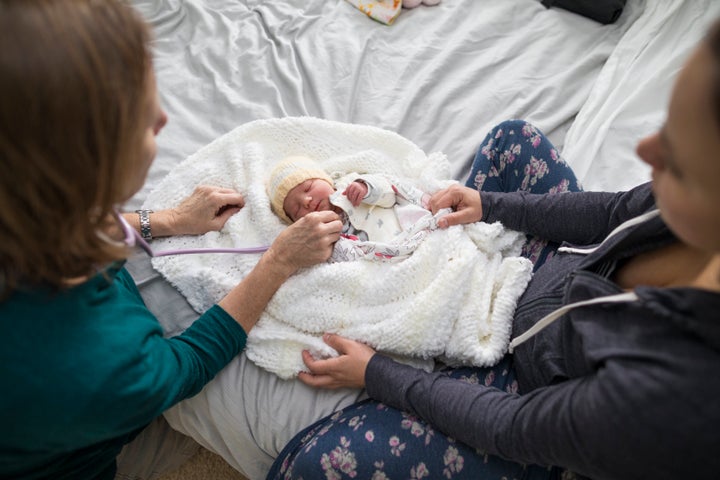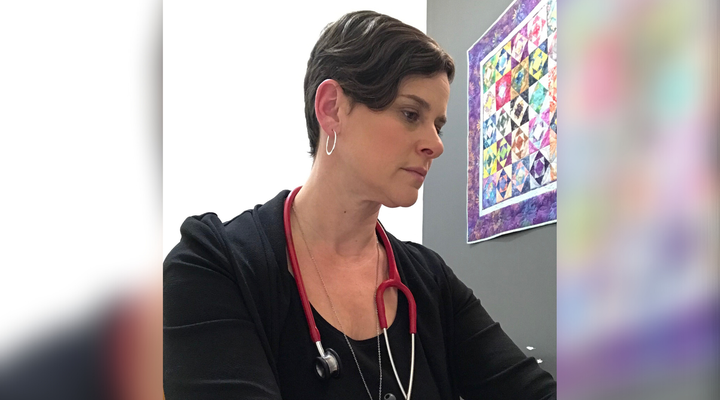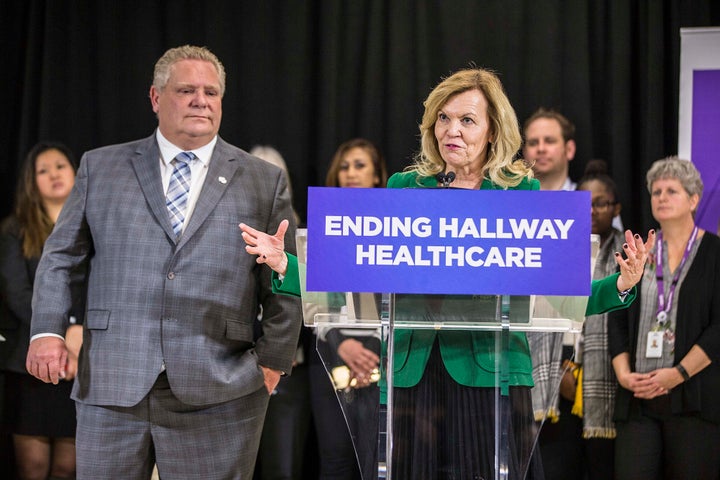
TORONTO — In a “landmark victory” for female-dominated professions, the Ontario Human Rights Tribunal has ordered the province to boost the pay of midwives to address a long-standing pay gap rooted in gender discrimination.
Premier Doug Ford’s government must increase midwives’ pay by 20 per cent, retroactive to 2011, and award those eligible with $7,500 for “injury to dignity, feelings and self-respect,” according to the order by adjudicator Leslie Reaume, released last week.
The province must also conduct a study to determine if midwives are owed more, dating back to 2014, and put in place measures to prevent future discrimination. The order comes after a 2018 decision for the Association of Ontario Midwives, which represents close to 1,000 members.
“It was a landmark victory for midwives,” Elizabeth Brandeis, practicing midwife and association president, told HuffPost Canada.
“Personally, it feels like an incredibly overdue acknowledgement of this gender pay gap. The satisfaction we feel about the decision is not just about midwives. It’s always been a driving force of this action to fight this fight on behalf of other professions that experience gender-based discrimination.”

Midwives provide around-the-clock, on-call care for clients through pregnancy, labour and six-weeks postpartum and are in high demand. Four in 10 people who require midwifery services are turned away because of a shortage, according to the association.
The profession is a “gendered trifecta” dominated by women, focused on women’s health and working primarily with women and transgendered people, Brandeis said.
Midwives are not supervised by doctors, and earn between $82,000 and $107,00 a year. Family doctors, a traditionally male-dominated profession, earn about double at between $192,000 and $221,000, the association said.
“(Midwives) are as autonomous and responsible as physicians for the services they provide,” Reaume wrote in the order, adding that they have been subjected to “the stereotypes about women’s work, which suppressed the compensation of midwives…”
A decade ago, a government funded-report found midwives should be compensated at a rate somewhere between nurse practitioners and family doctors, and were underpaid at least 20 per cent, said Reaume. The Ministry of Health rejected the recommendation, even though they’d been a participant in the study, and the Association of Ontario Midwives filed the human rights application in 2013.
Watch: Gender norms are behind Canada’s wage gap. Story continues below.
The ministry declined to comment, deferring to the Ministry of the Attorney General, which has applied for a judicial review of the tribunal’s decision.
“As the matter is before the court, it would be inappropriate for me to comment further,” said spokesperson Brain Gray.
In Canada, women working in health care outnumber men nearly four-to-one, according to Statistics Canada. Education is another female-dominated industry — 96 per cent of early childhood educators are women, and earn about $20,000 less a year compared to long-haul truckers, 97 per cent of whom are men, research suggests.
In 2018, women between 25 and 54 years earned 13 per cent less on average compared to their male counterparts, or 87 cents for every dollar, a Statistics Canada report found.
Brandeis was aware of the inequitable pay midwives received when she entered the profession in the early 2000s, but was drawn to building relationships with expectant mothers to provide supportive, meaningful care.
She had a midwife when she gave birth to her daughter in 1994, the same year Ontario recognized and regulated the role of midwives in health care. She described her experience as “transformative.”
“I had never experienced any model of health care where I felt like I had the ability to truly make informed choices,” Brandeis said, adding the major difference between the care offered by doctors and midwives is the level of access.
“Our clients have their questions answered, and needs and desires honoured.”

In a separate move, the Ford government cut funding to the College of Midwives of Ontario, which regulates midwives, in late 2018. The relatively small professional organization had received annual grants from the Ministry of Health for 25 years to help cover costs.
Membership fees significantly increased, translating to a kind of pay reduction, said Brandeis. The tribunal order will, at the very least, make it easier for midwives to cover that expense.
The province pledged $28 million last year to expand midwife services, including funding 90 graduates entering the field, expanding Indigenous midwifery programs and improving technology in clinics.